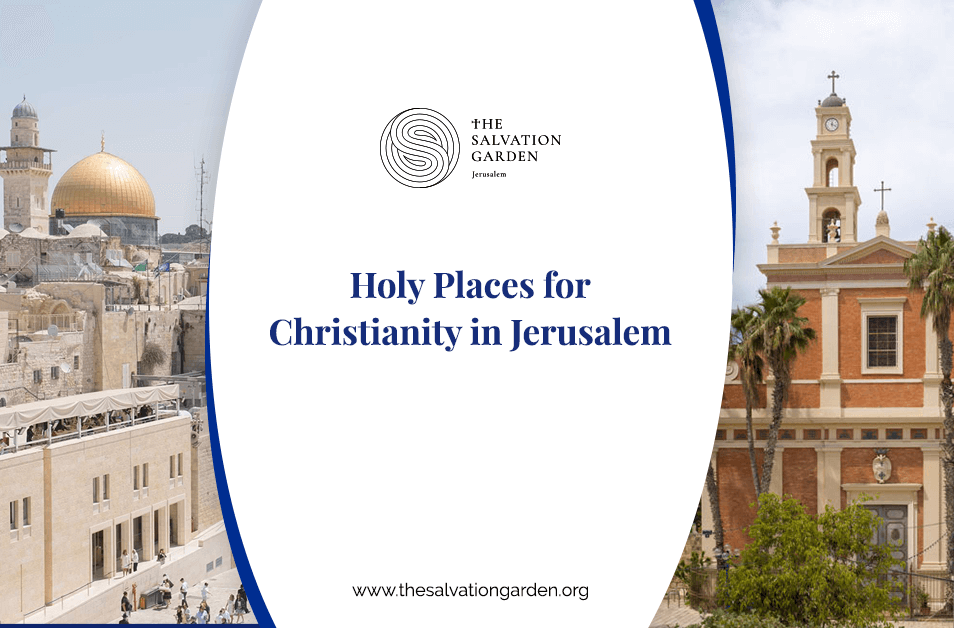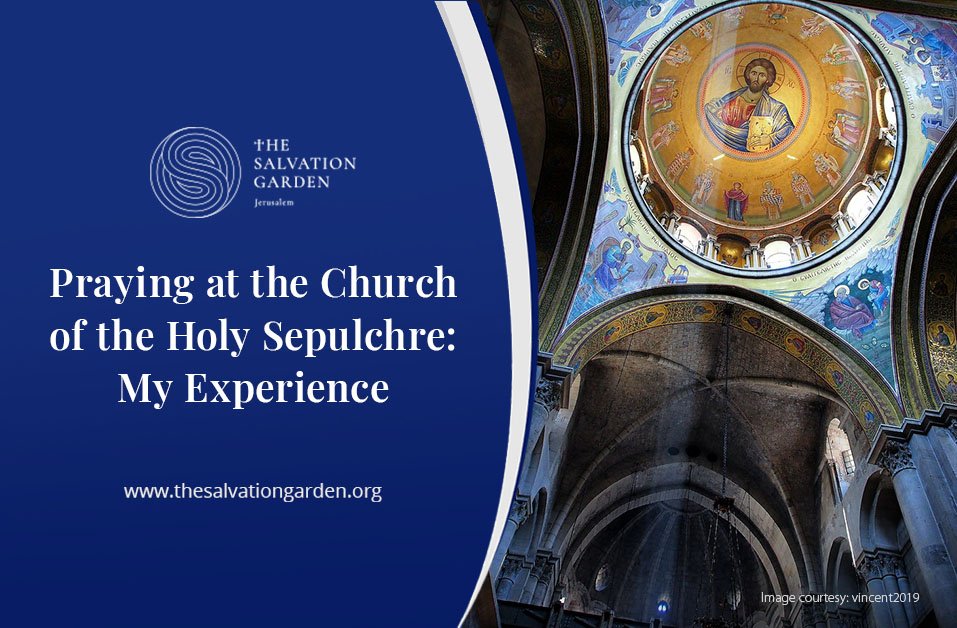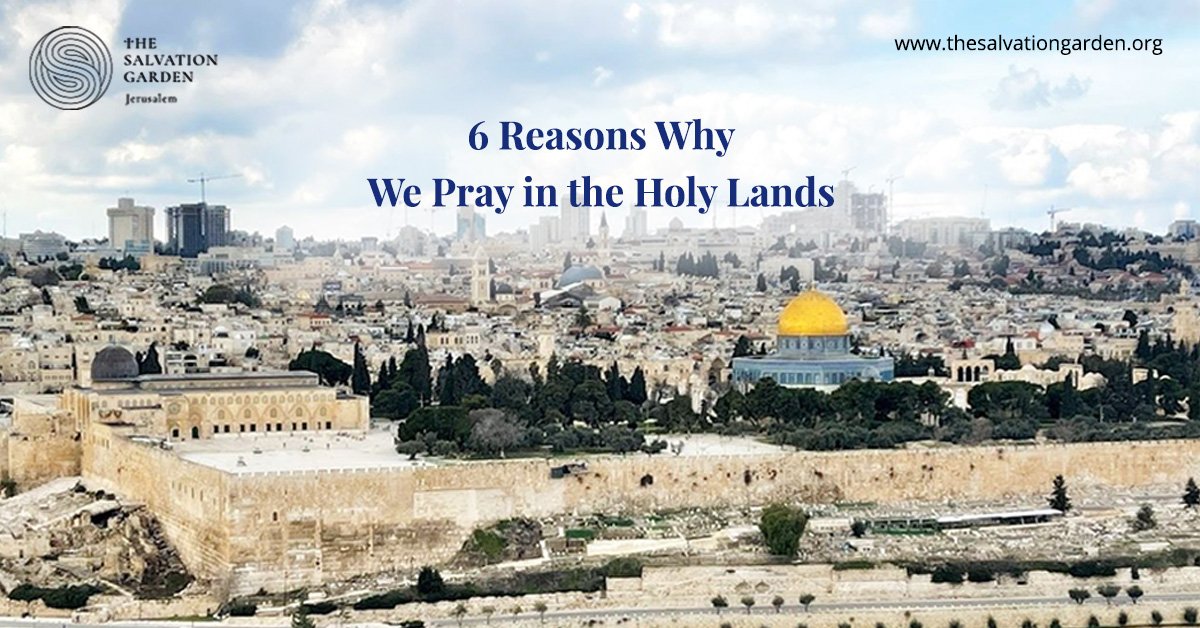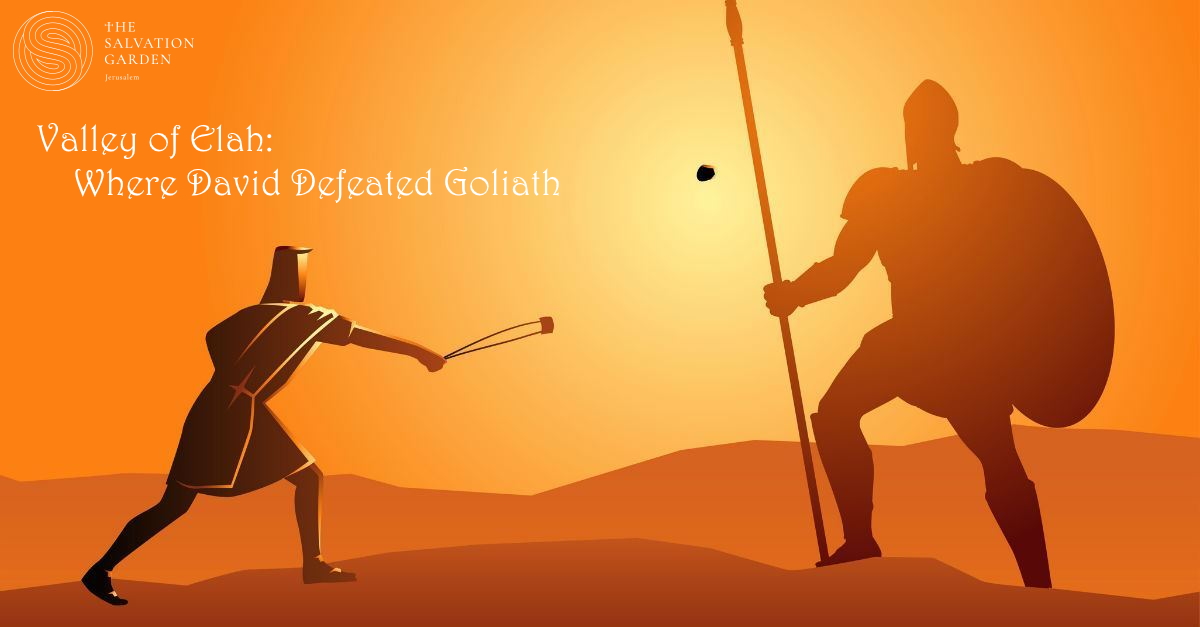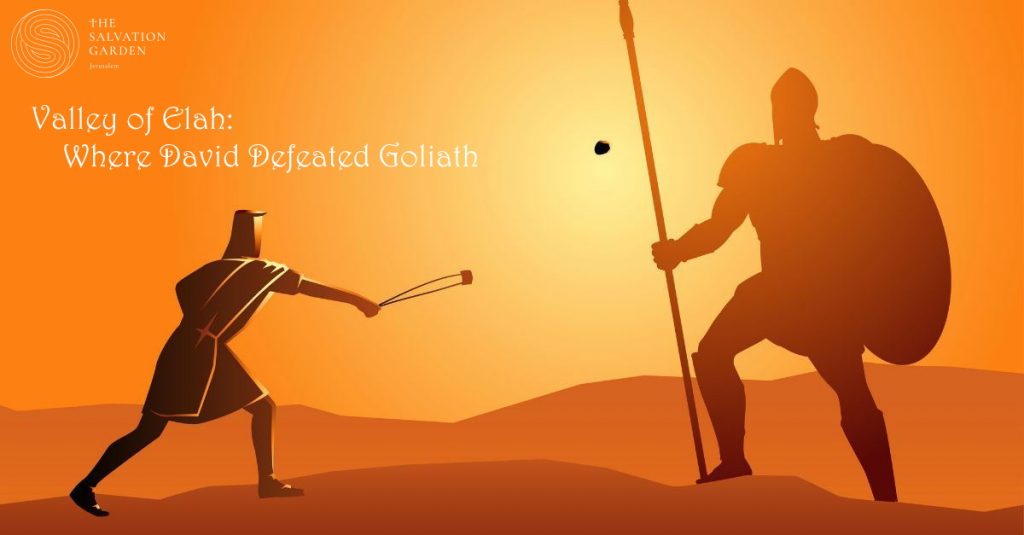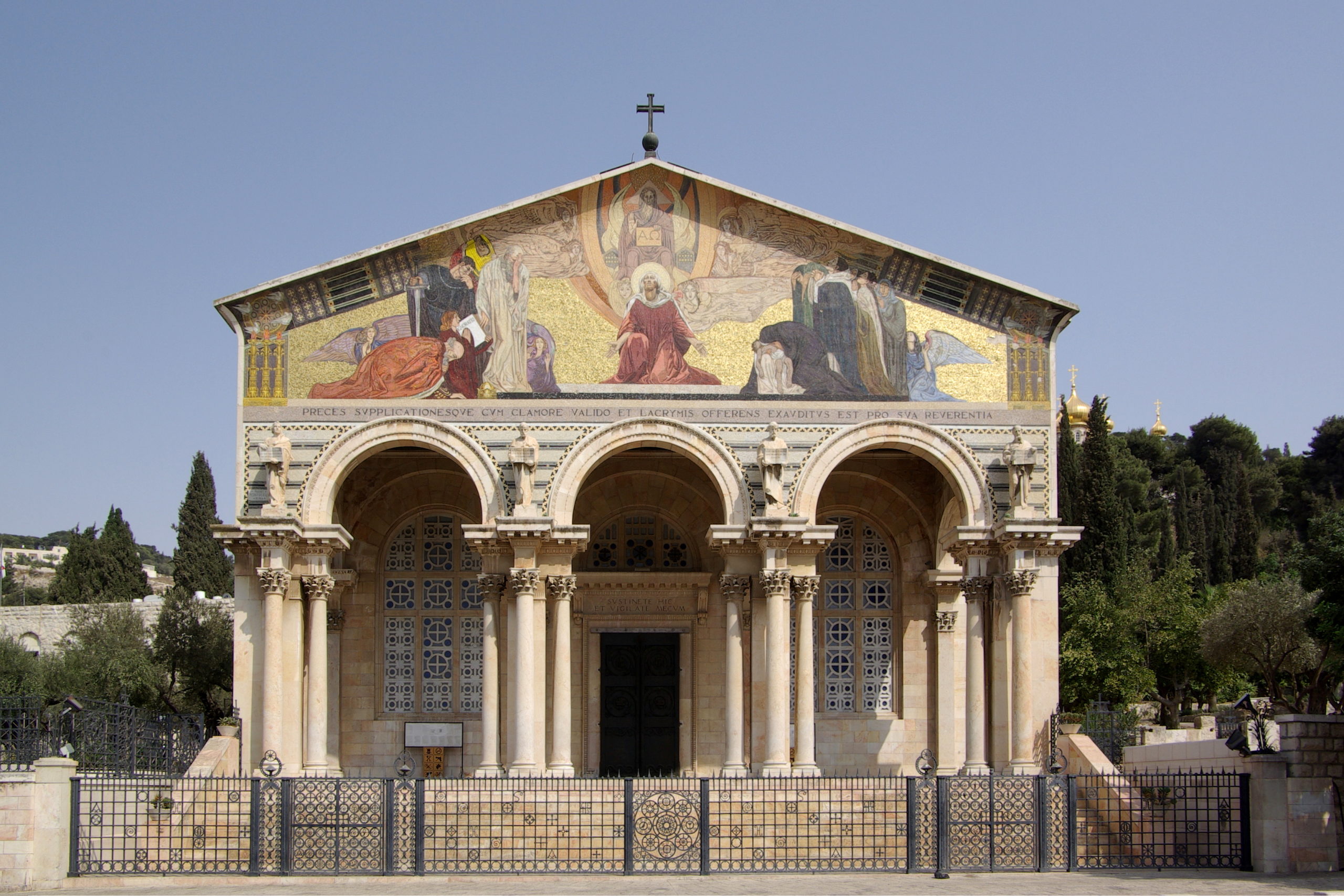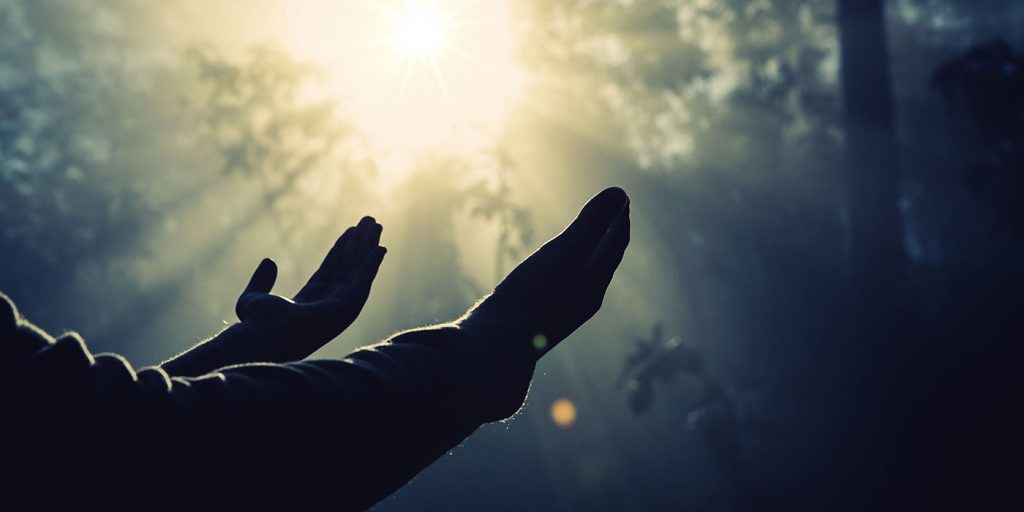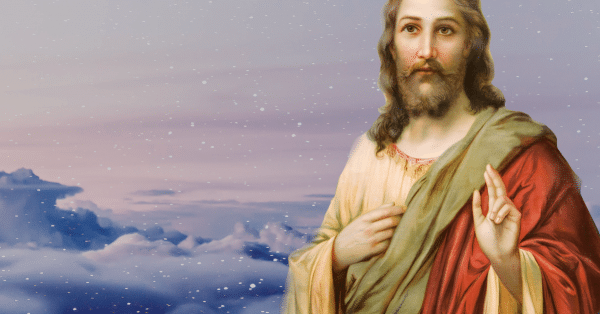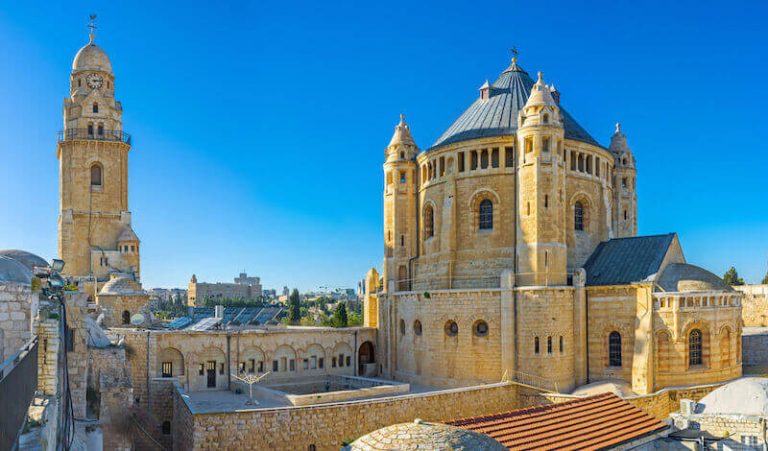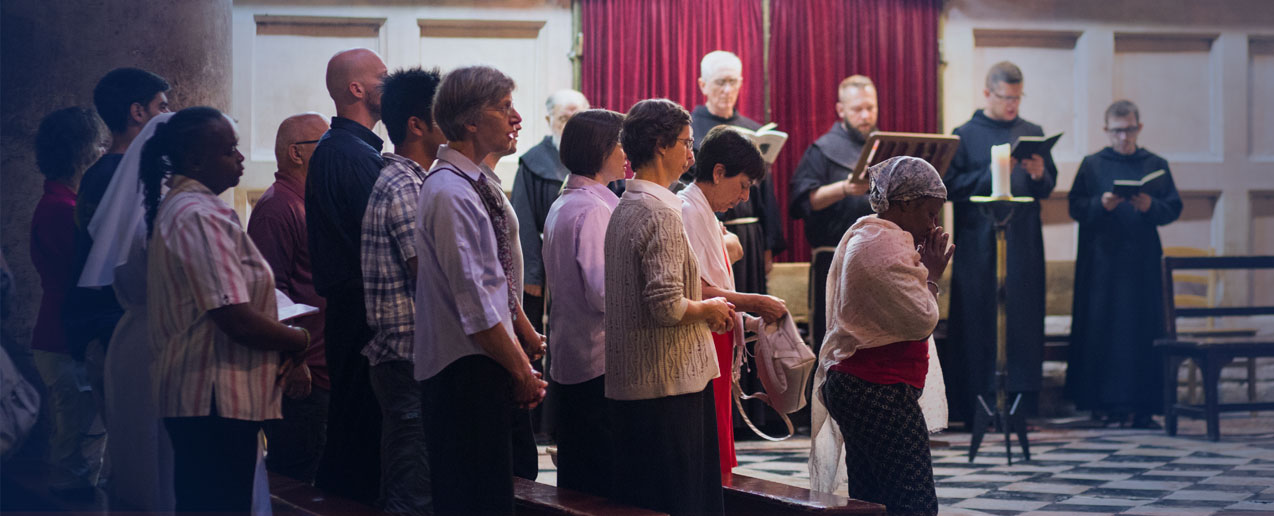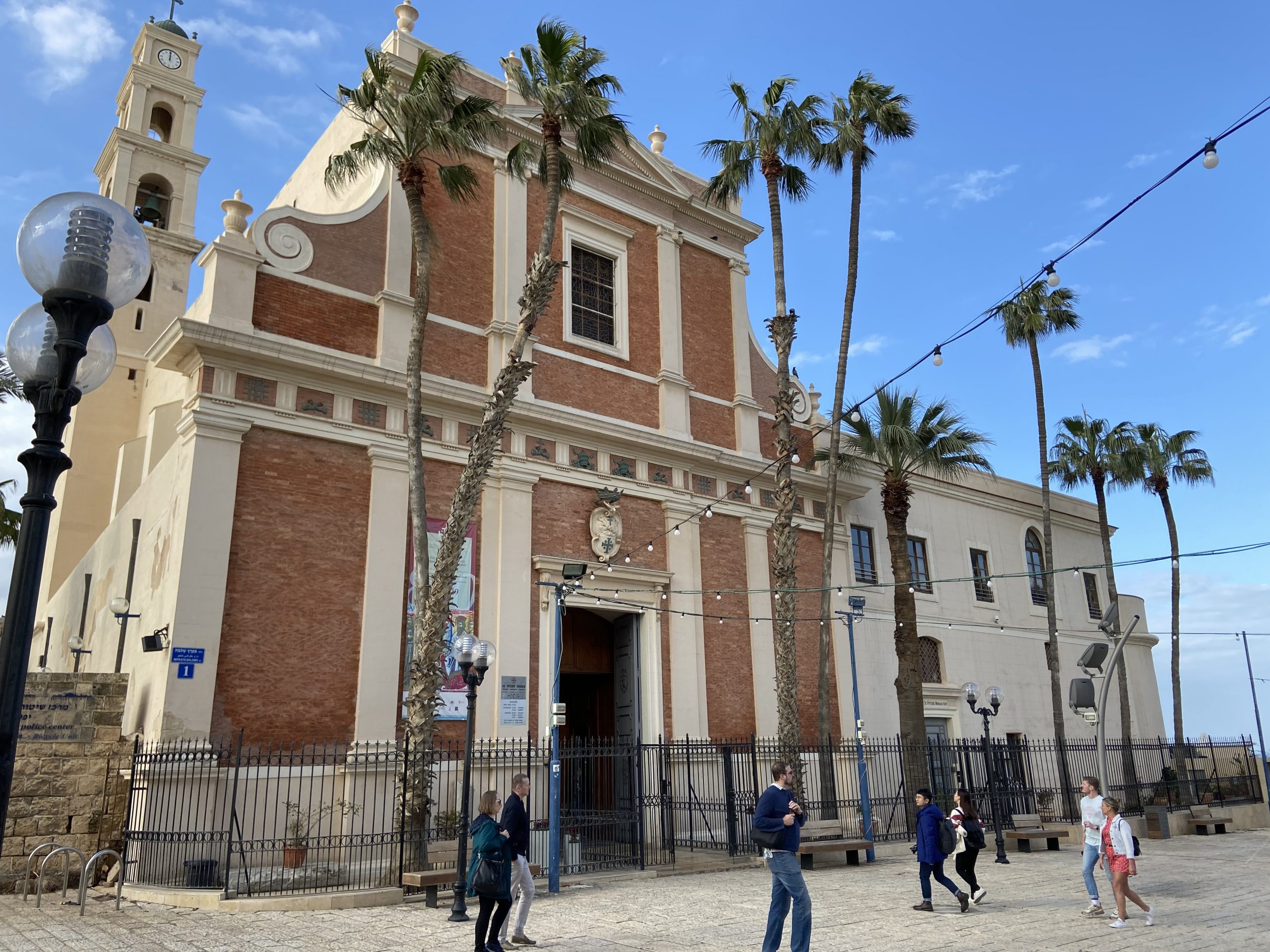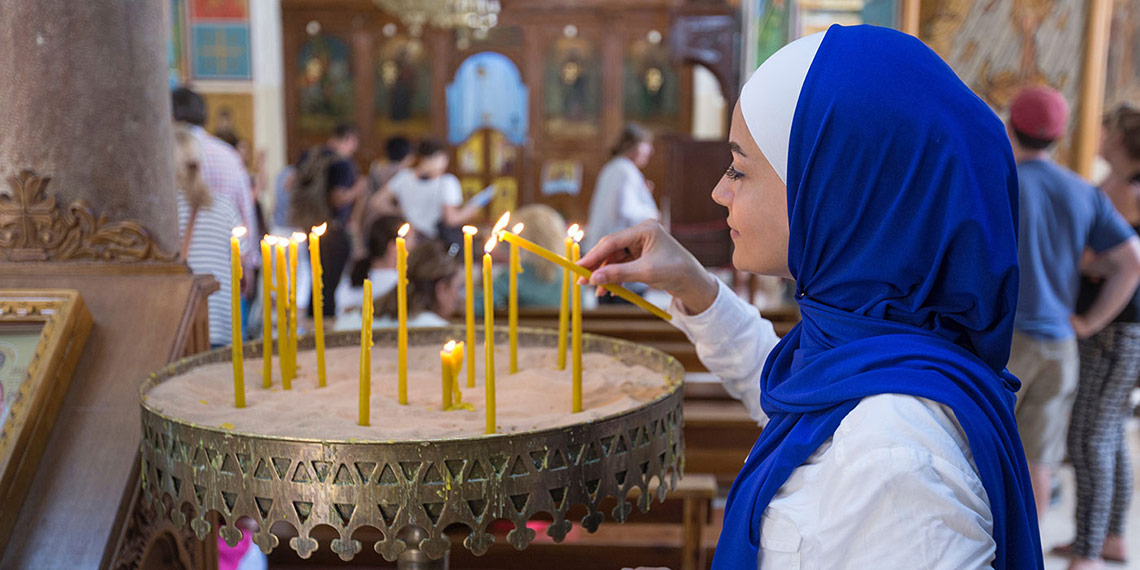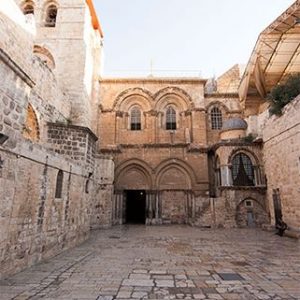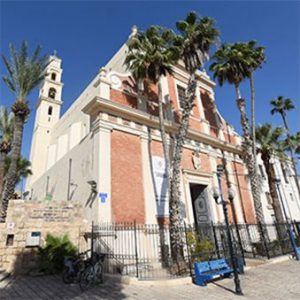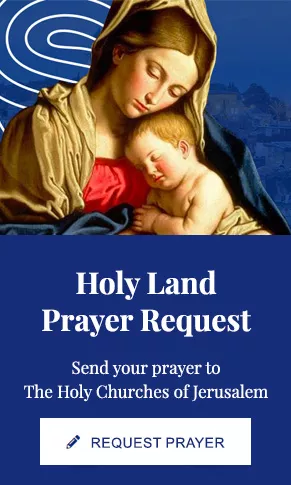5 Holy Places for Christianity in Jerusalem
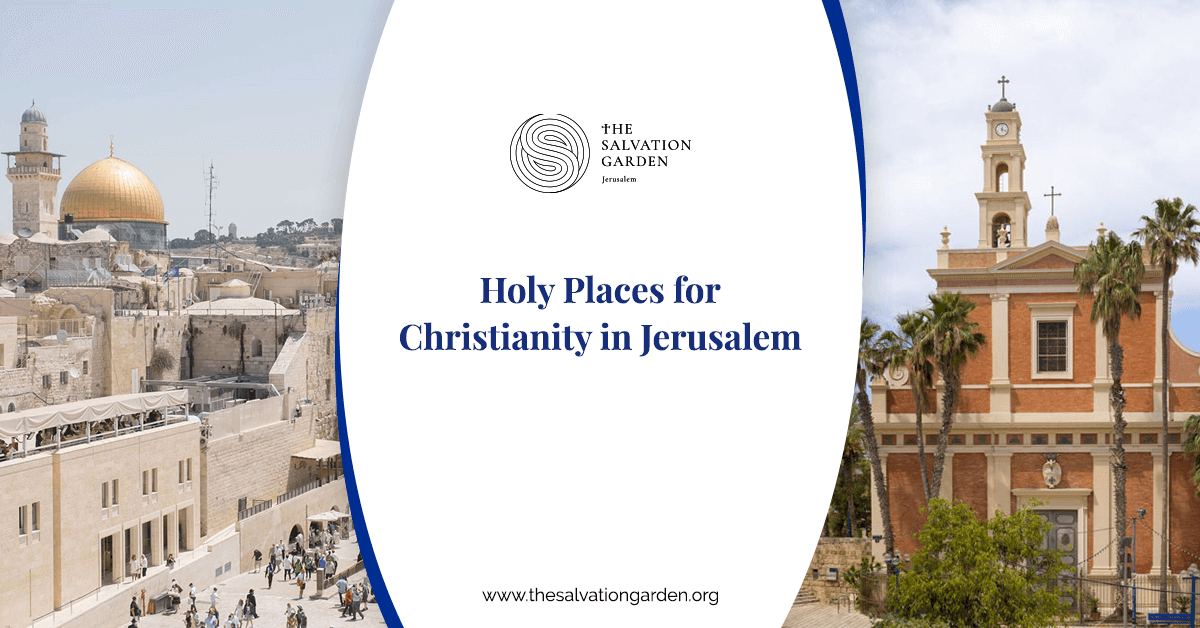
The sites where Christ was born, preached, crucified, and traveled are famous all over the globe. Thousands of Christians send their prayer requests to the holy sites every year! However, there are some holy places where believers feel miracles take place.
Prayers are a means to get closer to God. The article introduces you to some of the holy places for Christianity in Jerusalem. Each of these sites has a unique significance that is difficult to overlook.
1. Church of All Nations

As many as 12 different nations from all over the world came forward to donate funds to construct this holy church in Jerusalem. This religious site sits close to the Garden of Gethsemane. The building is very close to an old olive grove where Christ is believed to have offered His prayers a night before he was crucified.
Church of All Nations is perched in proximity to the Mount of Olives. It is a poignant site, perfect for meditating. Visitors who come to this holy spot at night claim that they find a feeling of peace and tranquility there.
Some people also refer to this church as the Basilica of the Agony. The church’s construction got over in 1924. In the Gospels of Mark, Matthew, and Luke, Jesus and his close followers visited the Mount of Olives after their historic Last Supper.
Christ instructed eight of his close followers to remain at one place but went further with three of his other devoted disciples – James, Peter, and John. He also told these three followers to stay awake when he prayed. It is believed that all these three men witnessed His Transfiguration.
You will find an aura of sorrowful reverence inside this church. Antonio Barluzzi, the architect, left the interior of the shrine in partial darkness. At the same time, its plan allows the entry of subdued natural light through the windows to offer some relief.
2. St. Peter’s Church

St. Peter’s Church got its name from Peter as he gave life to Tabitha at this site through his power of the priesthood. The church sits in a port called Jaffa, about an hour’s drive from Jerusalem.
Christians believe that it is the same Roman Catholic Church where Christ was detained after the Romans seized Him. St. Peter’s Church is one of the holiest churches in Jerusalem and commemorates Apostle Peter’s triple denial of his Master. The place also celebrates his reunion with Christ after the resurrection.
It has a golden rooster on the roof and above a black cross. The rooster reminds a forecast of Christ that Peter would reunite after refusing Him thrice “before a cock crows”.
St. Peter’s Church has four different levels – a guardroom, dungeon, upper church, and middle church. The design and art of this church are a beautiful fusion of modern and ancient works.
3. Church of the Holy Sepulchre
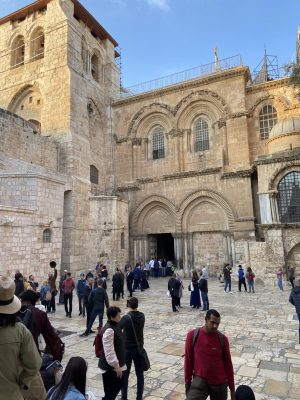
Christians consider the Church of the Holy Sepulchreto be the holiest site in the world. The mother of Emperor Constantine built it in AD 330. Many believe that its construction took place on the crucifixion and burial site of Christ.
The Bible mentions that His tomb was placed in proximity to the site of the crucifixion. The church was thus planned to cover the site of the tomb and the cross. The Church of the Holy Sepulchre is also revered as the site where Constantine’s mother, St. Helena, first discovered the actual cross of Jesus’ crucifixion.
4. Abbey of the Dormition
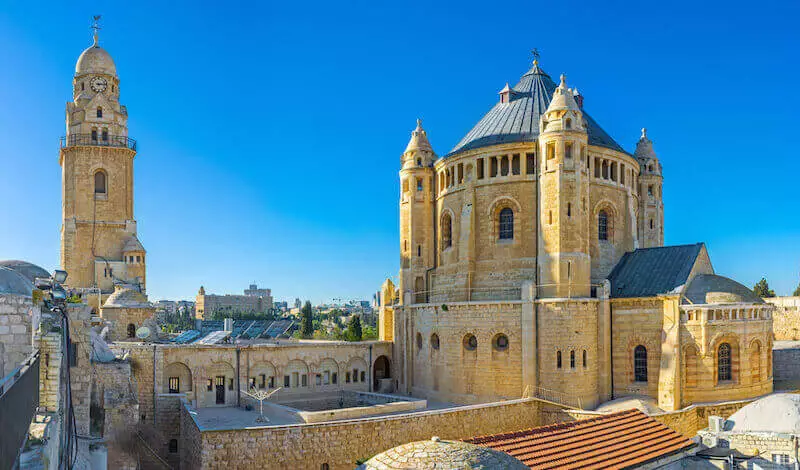
Abbey of the Dormition is the ideal sacred site to pray to Our Lord for strength. Incidentally, the church was rebuilt and demolished several times in the past. However, although it was rebuilt countless times, its name never changed.
The word “Dormition” signifies falling asleep. Christians believe that it is the same site where Mary was asleep before her soul and body went to heaven. Abbey of the Dormition is considered to be one of Jerusalem’s holiest churches. A few remarkable features of this holy place are its beauty, location that overlooks the old city, and size.
Christians believe that the Ottoman Sultan gifted a plot of land to the German Emperor, Wilhelm when the latter came to the Holy Land at the end of the 19th century. Wilhelm made up his mind to build a big church on this land to showcase the power of his nation. The Abbey has the feel of a strong fortress even today.
Abbey of the Dormition features a unique round shape, which is not present in many other churches in the Holy Land. The wings, surrounding towers, and the central building of the church are all circular.
The church’s interior looks quite impressive, and the floor features a large and round mosaic. The mosaic suggests a relationship between apostles, prophets, and the four messengers of the Gospel.
5. The Garden Tomb
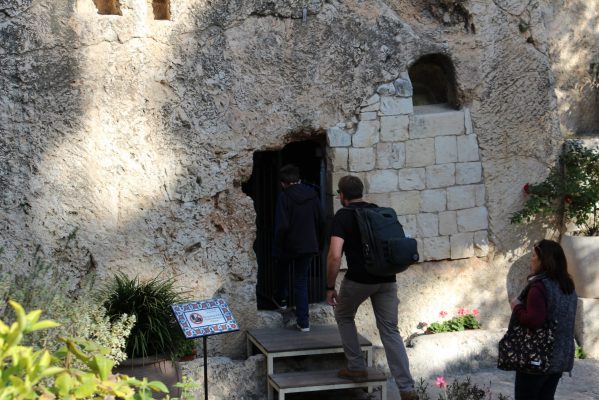
The Garden Tomb is another holy worship site for Christians. Situated in the heart of Jerusalem, this contemplative and serene garden outside the walls of the Old City has many points of interest. These include an old Jewish tomb that several people feel is the burial site of Jesus of Nazareth and His resurrection.
The Garden Tomb has been a hub of prayer and worship for Christians for over a century now. It also features a water cistern and a garden. A fascinating story behind this garden dates back to the mid-19th century.
A British Christian delegation went to study the site as scriptures suggest Christ was crucified in an area named “the Skull.” The same scholars mentioned that the hill above the garden seems to be Christ’s crucifixion site as it is in proximity to the main gate of the Old City.
How Can The Salvation Garden Help You?
The Salvation Garden believes that every believer in the world should be easily able to access the churches of the Holy Land. We want to assist you in achieving success in your spiritual and material life.
You have to fill an online prayer request form with personal prayer and choose a church or multiple churches in the Holy Land from our website. We will make sure to visit those churches and deliver your printed Catholic prayer request personally. You will get the delivery confirmation from us to your email and an optional video. We also deliver your urgent prayer request to the Holy Land. While our service comes free, your donations help us with our travel, printing, security, and other expenses.

